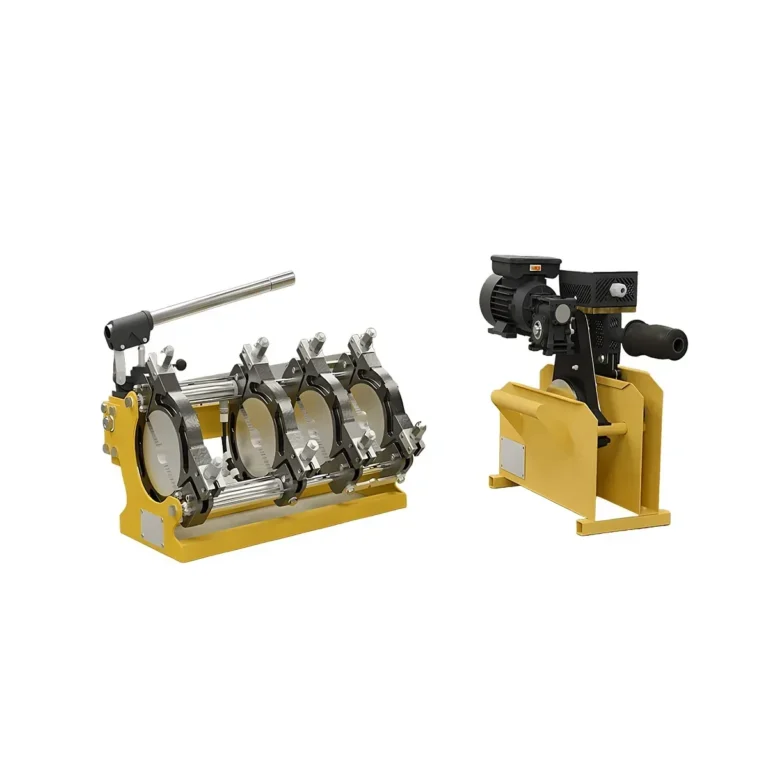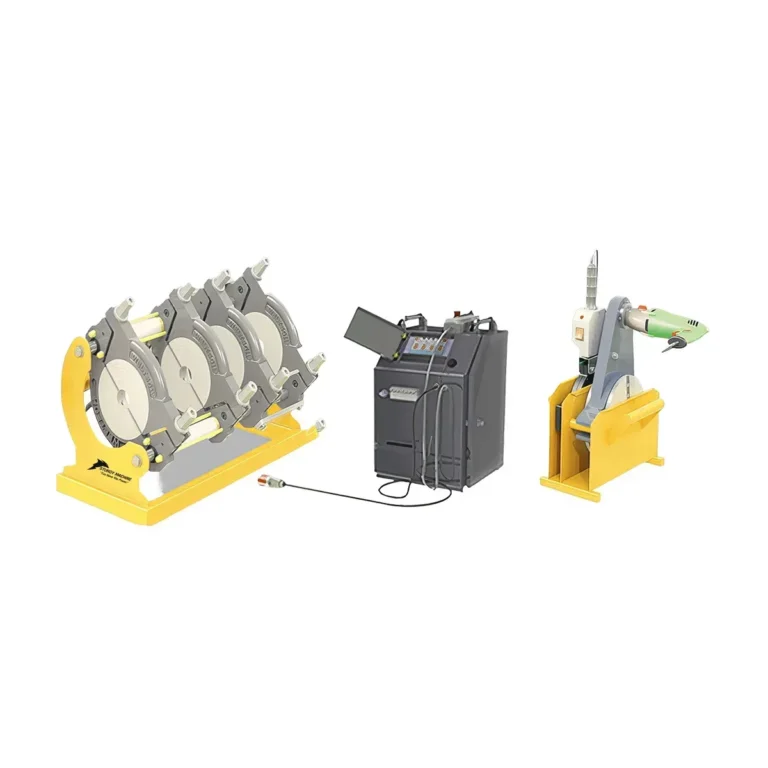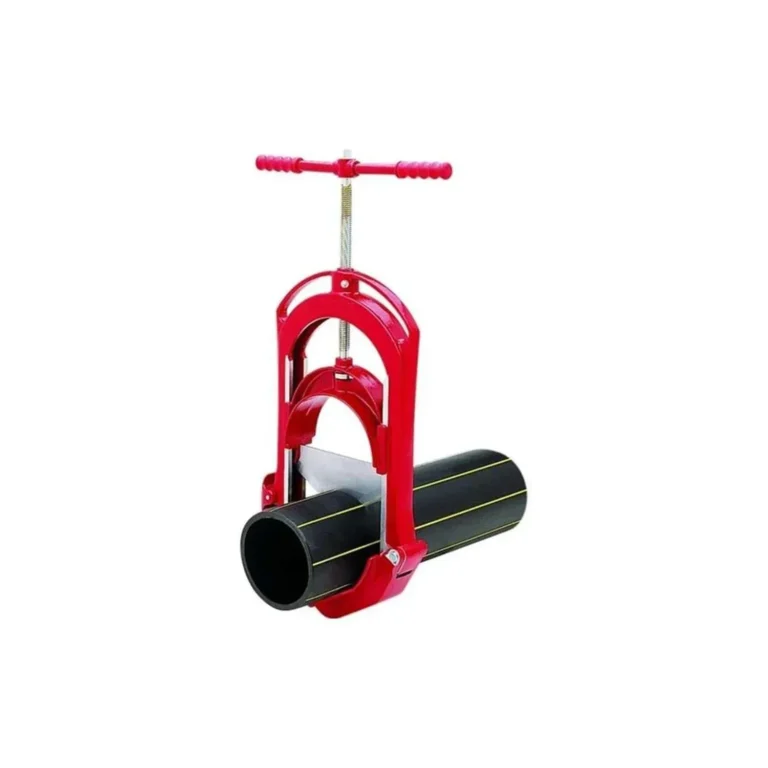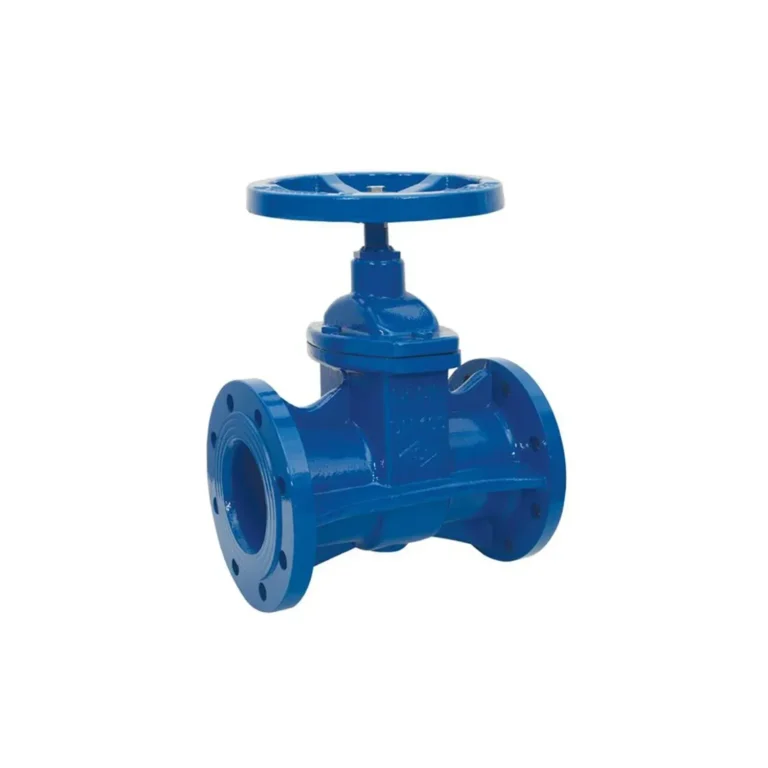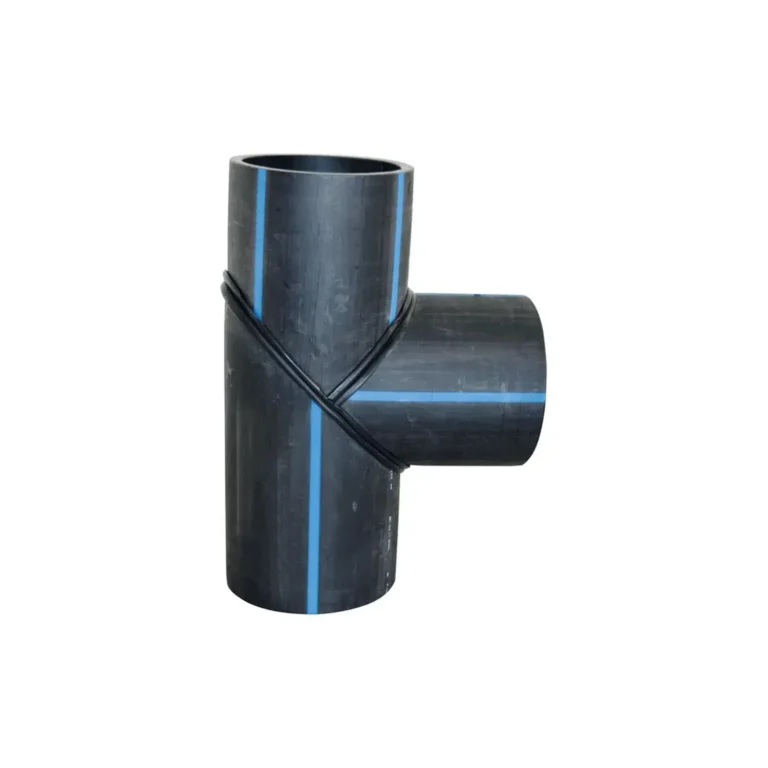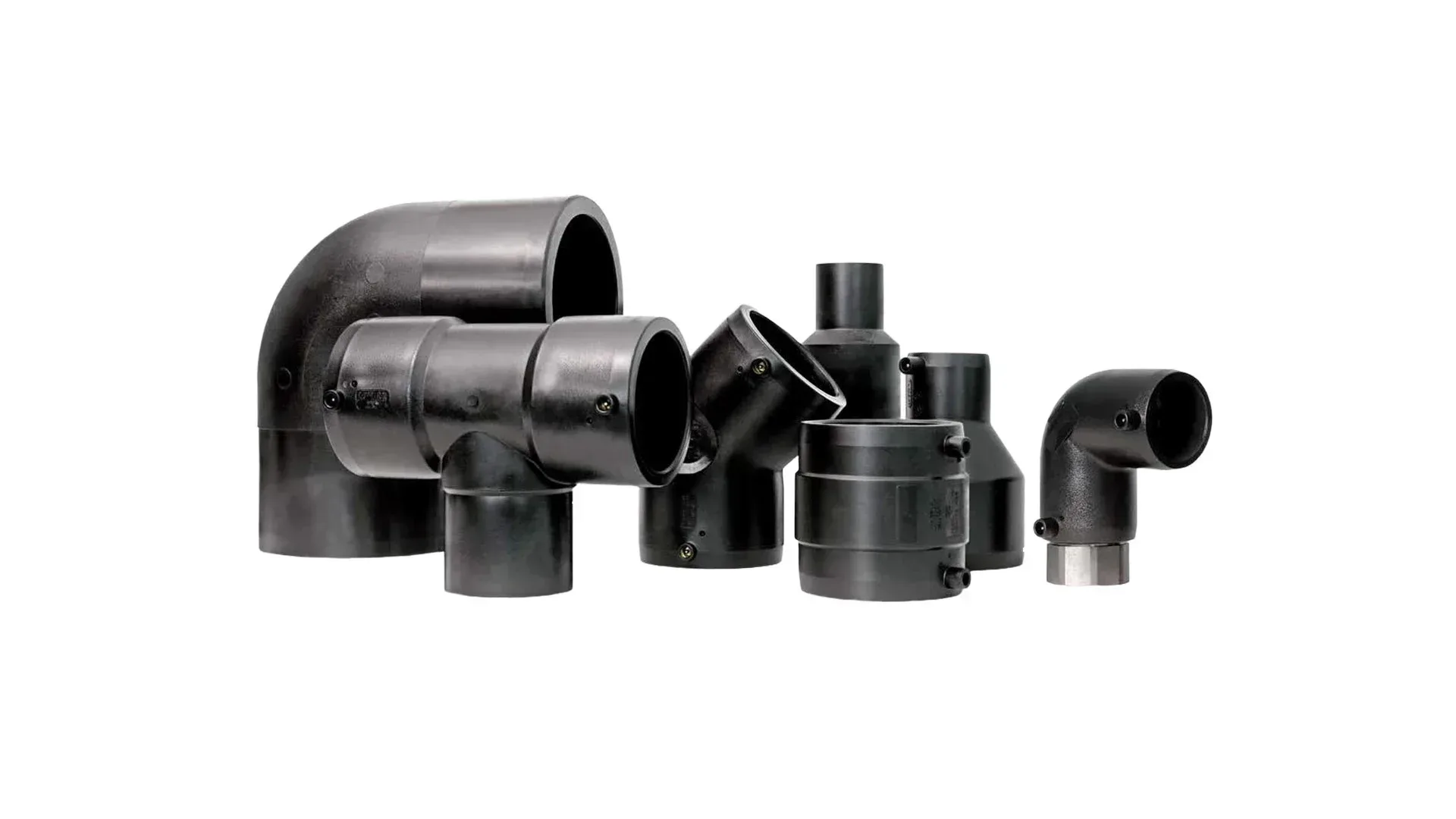Electrofusion fittings are parts used for joining polyethylene pipes, which allow the pipes to be joined by heating them with electric current. This method is particularly preferred for joining polyethylene pipes used in natural gas and water networks. Electrofusion fittings act as a kind of sleeve with an electrical resistor inside, placed at the ends of the pipes to be joined. When electricity is applied, the resistance in the sleeve heats up and this heat causes the polyethylene to melt. This allows the pipes to be joined.
Electrofusion fittings are available in various types and sizes. These include elbows, tees, reducers, couplings and flange adapters. The choice of these parts depends on the diameter of the pipes to be joined, their intended use and the characteristics of the location.
The electrofusion method has the advantages of providing high joint reliability, creating a sealed joint and being relatively easy to apply. In addition, joints made with this method show high resistance to physical and chemical influences. Therefore, it offers a long service life even under harsh environmental conditions.
Special electrofusion welding machines are used for the assembly of electrofusion fittings. By sending the right amount of electric current to the joint, these machines keep the heat under control and ensure optimal joining. The assembly process should generally be carried out by authorized and trained personnel, as it is important for the quality and reliability of the assembly that the process is carried out correctly.
Types of Electrofusion Fittings
Electrofusion fittings are produced in various types and sizes according to joining needs. This diversity offers suitable solutions for different pipe diameters and structural requirements. Here are the most common types of electrofusion fittings:
- Couplers: The most basic electrofusion fitting used to join pipes. Placed between two pipe ends, it ensures that the pipes are tightly connected to each other.
- Elbows: Used where pipes need to be guided. It is available in different angles such as 90 degrees, 45 degrees and allows the pipes to rotate in the desired direction.
- Tees (Tees): Used when it is desired to add a side branch to a main pipeline. Tees provide a three-way junction point to create a side exit from the main line.
- Reducers: Used when pipes of different diameters need to be joined. Gearboxes allow the flow within the system to be regulated, enabling the transition from a large-diameter pipe to a small-diameter pipe.
- Flange Adapters (Flange Adapters): Used to connect piping systems to other installation elements such as valves, pumps, measuring devices. Flange adapters are connected to the pipe by electrofusion and have a flange at the other end.
- End Caps: Used at the end of the pipeline, it closes the open end of the pipe and ensures that the flow in the system is controlled.
- Studs (Saddle Type Fittings): A special fitting used to add a new outlet to an existing pipeline. It is generally preferred in water and gas networks to create a new connection point without damaging the existing line.
These variants offer solutions for different scenarios needed during the installation and maintenance of pipelines. The selection of electrofusion fittings is based on factors such as the specific requirements of the project, pipe diameters and the location where they will be placed. The correct use of these parts ensures long-lasting and reliable operation of pipelines.
Electrofusion Fittings Specifications
The range and characteristics of electrofusion fittings demonstrate the breadth of applications and flexibility of these products in polyethylene piping systems. Here are the most common varieties and their highlights:
Varieties
- Couplings: Used to connect pipes directly to each other. It has the capacity to join pipes of different diameters.
- Elbows: Used to join pipes at a specific angle, usually at 90° and 45° angles. This is useful in corners where pipelines need to be routed.
- Tee and Cross Connections: Used to add one or more side branches to a main pipeline. Various branching angles and connection diameters are available.
- Reducers: Used to join pipes of different diameters. This allows the diameter of the pipeline to be narrowed or expanded as required.
- Flange Adapters: Used to connect the pipeline to a flange. This allows connection with valves, measuring instruments or other pipelines.
- Termination Caps: Used to close the open ends of the pipeline. Protects the integrity of the system and provides protection against external factors.
Features
- High Tightness: The electrofusion method ensures a leak-free connection between the pipes. This is especially critical for lines carrying water and gas.
- Chemical Resistance: Polyethylene material has high resistance to most chemicals. This increases its usability even in the presence of acids, bases and solvents.
- Long Life: Electrofusion fittings are resistant to UV rays and environmental conditions, making them ideal for outdoor applications.
- Easy Assembly: Electrofusion fittings can be assembled quickly and easily with specialized equipment. This reduces labor costs and enables projects to be completed quickly.
- Flexible Application: Available in various sizes, shapes and functions, electrofusion fittings offer flexible solutions for complex pipelines and specialized engineering requirements.
Electrofusion fittings are indispensable elements for the installation and maintenance of modern pipeline systems. Their high performance and reliability make them ideal for critical applications such as water and gas distribution.
Electrofusion Fittings Price
The prices of electrofusion fittings vary depending on various factors. These factors include the type and size of the insert, the quality of the material used and the manufacturer’s brand. Prices may also vary from country to country and from supplier to supplier. As a general guide:
- Small Diameter Fittings: Smaller diameter parts such as couplings, elbows and tees are generally more affordable. The prices of such attachments can start at a few dollars and increase depending on the size and type.
- Large Diameter and Special Fittings: Fittings used for large diameter pipes or specially designed fittings can be more costly. Such parts can cost up to hundreds of dollars.
- Material and Brand: Electrofusion fittings made of high quality material and belonging to well-known brands are usually more expensive. This additional cost is sometimes necessary for quality, longevity and reliability.
When obtaining quotes, discounts may often be available for bulk purchases or projects. Therefore, it can be useful to negotiate with suppliers for large projects or long-term needs.
For clear price information, it is best to contact your local suppliers or visit online construction material sites, taking into account current market conditions. As prices can change constantly, it is important to contact sellers directly for the most up-to-date and accurate information.


